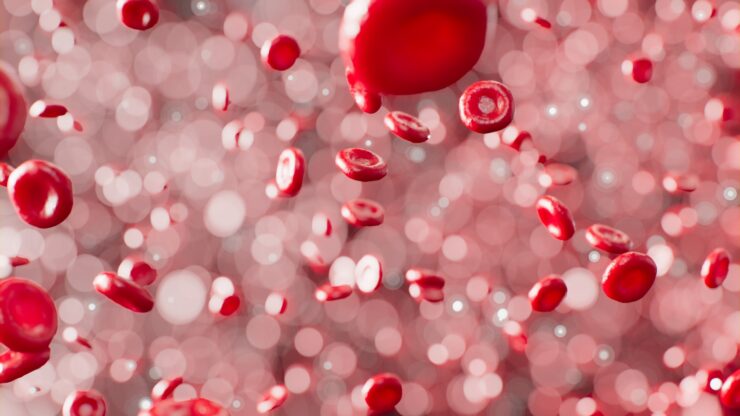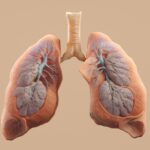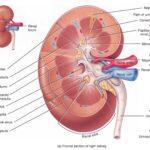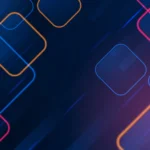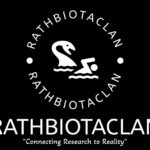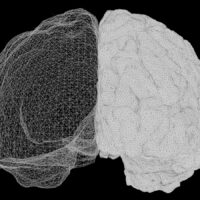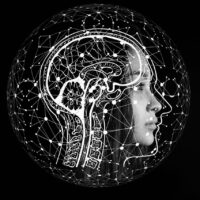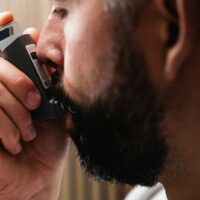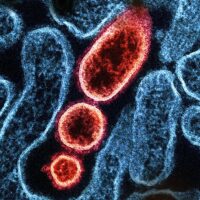Hemostasis
Hemostasis, not to be confused with homeostasis, is the process that stops bleeding when blood vessels are damaged. It involves a quick, localized, and controlled response to prevent hemorrhage, which is the excessive loss of blood. Hemostasis includes three main mechanisms: (1) vascular spasm, (2) platelet plug formation, and (3) blood clotting (coagulation).
1. Vascular Spasm
– Definition: Immediate contraction of smooth muscle in the walls of arteries or arterioles when they are damaged.
– Duration:
Reduces blood loss for several minutes to hours.
– Causes:
– Damage to the smooth muscle.
– Substances released from activated platelets.
– Reflexes initiated by pain receptors.
2. Platelet Plug Formation
Despite their small size, platelets contain numerous chemicals and play a crucial role in forming a plug to stop bleeding.
– Chemicals Stored in Platelets:
– Clotting factors
– ADP, ATP, Ca²⁺, and serotonin
– Enzymes that produce thromboxane A₂
– Fibrin-stabilizing factor
– Lysosomes and mitochondria
– Membrane systems for calcium uptake and granule content release
– Glycogen
– Platelet-derived growth factor (PDGF)
– Steps in Platelet Plug Formation:
1. Platelet Adhesion:
– Platelets stick to exposed collagen fibers of damaged endothelial cells in blood vessels.
2. Platelet Release Reaction:
– Platelets become activated, extend projections, and release vesicle contents.
– Liberated ADP and thromboxane A₂ activate nearby platelets.
– Serotonin and thromboxane A₂ act as vasoconstrictors, reducing blood flow.
3. Platelet Aggregation:
– ADP makes platelets sticky, causing them to adhere to each other and form a mass.
– The mass of platelets, known as a platelet plug, temporarily stops blood loss.
– The plug is reinforced by fibrin threads during clotting, making it more stable.
3. Blood Clotting (Coagulation)
A complex process where blood changes from a liquid to a gel, forming a clot.
Stabilizes the platelet plug and further prevents blood loss.
Hemostatic mechanisms are effective in preventing hemorrhage from small blood vessels. However, large vessel hemorrhages typically require medical intervention.
Understanding Blood Clotting: The Essential Process
Blood clotting, or coagulation, is a crucial process that prevents excessive bleeding when blood vessels are damaged. Let’s explore the intricacies of this life-saving mechanism.
Overview of Blood Clotting
Under normal conditions, blood remains in its liquid state within vessels. However, when blood is exposed to the outside environment, it thickens and forms a gel. This gel, known as a clot, eventually separates from the liquid component called serum. The clot consists of a network of insoluble protein fibers called fibrin, which trap the formed elements of blood. This process, while vital for preventing excessive bleeding, must be tightly regulated to avoid conditions like thrombosis, where clots form in undamaged blood vessels.
The Clotting Process
Blood clotting involves a series of stages:
1. Formation of Prothrombinase: Initiated by either the extrinsic or intrinsic pathway.
2. Conversion of Prothrombin to Thrombin: Facilitated by prothrombinase.
3. Conversion of Fibrinogen to Fibrin: Thrombin transforms fibrinogen into fibrin, which stabilizes the clot.
Certainly! Let’s delve deeper into the pathways of blood clotting, known as the extrinsic, intrinsic, and common pathways, explaining each in more detail with elaborate language:
Pathways of Blood Clotting: A Detailed Exploration
Blood clotting, or coagulation, is a complex physiological process crucial for preventing excessive bleeding following vessel damage. It involves intricate pathways that culminate in the formation of a stable clot. Here’s a detailed look at the pathways involved:
1. Extrinsic Pathway
The extrinsic pathway of blood clotting is initiated rapidly in response to external trauma that damages blood vessels. It gets its name because it begins outside (extrinsic to) the bloodstream. The key player in this pathway is Tissue Factor (TF), also known as thromboplastin, which is released from damaged cells or tissues into the bloodstream.
When TF comes into contact with blood, particularly in the presence of calcium ions (Ca²⁺), it triggers a sequence of enzymatic reactions. TF forms a complex with clotting factor VII, activating it. This activated form of factor VII (factor VIIa) then combines with tissue factor and Ca²⁺ to activate clotting factor X (factor Xa).
Factor Xa is a critical enzyme that marks the convergence of the extrinsic and intrinsic pathways, leading to the formation of prothrombinase. Prothrombinase is essential for the conversion of prothrombin (a plasma protein produced by the liver) into thrombin, an enzyme central to clot formation.
2. Intrinsic Pathway
The intrinsic pathway of blood clotting is more intricate and occurs within the bloodstream itself, hence its name. It is initiated when blood comes into contact with collagen exposed by vessel damage or with certain substances released by damaged cells. This contact triggers a series of reactions involving several clotting factors present in the blood.
The intrinsic pathway begins with the activation of clotting factor XII (also known as Hageman factor). Factor XII, when activated by contact with exposed collagen or other activators, initiates a cascade of enzymatic reactions. These reactions sequentially activate other clotting factors, including factors XI, IX, and VIII, culminating in the activation of factor X.
Similar to the extrinsic pathway, factor Xa generated from the intrinsic pathway also plays a crucial role in the subsequent steps leading to the formation of prothrombinase.
3. Common Pathway
The common pathway represents the final stages of blood clotting where the extrinsic and intrinsic pathways converge. This convergence occurs with the formation of prothrombinase, which is critical for the conversion of prothrombin to thrombin.
In the common pathway:
– Prothrombinase, formed by the combination of activated factors Xa and Va along with Ca²⁺ ions, catalyzes the conversion of prothrombin into thrombin.
– Thrombin, in turn, acts on soluble fibrinogen (another plasma protein) present in the blood, converting it into insoluble fibrin threads.
– These fibrin threads form a meshwork that entangles platelets and other blood components, consolidating into a stable clot.
Conclusion
Understanding the pathways of blood clotting reveals a sophisticated system of enzymatic cascades and interactions among clotting factors. These pathways ensure that blood clots quickly and effectively at the site of vessel damage, thereby preventing excessive bleeding while maintaining a delicate balance to avoid pathological clot formation. This process underscores the remarkable efficiency and regulatory mechanisms of the human body in responding to vascular injury.

